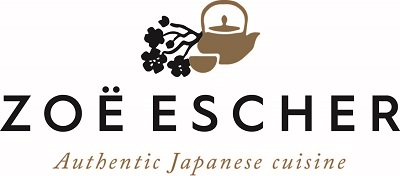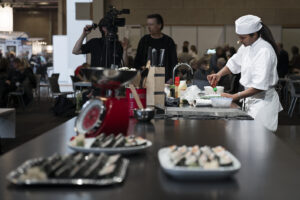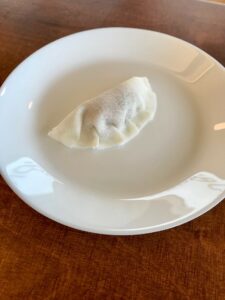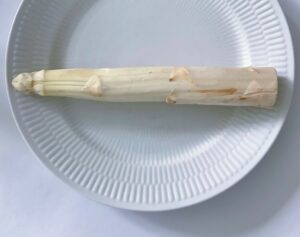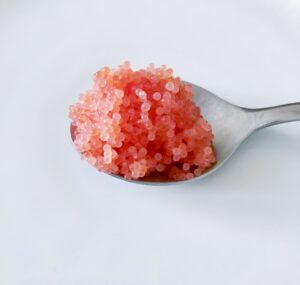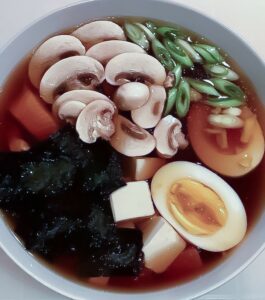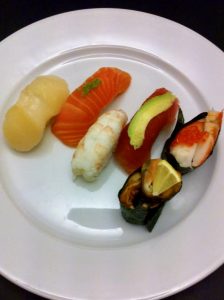
Sushi is a fantastic dish that is enjoyed all year round.
Especially the bright summer evenings offer cold white wine/bubbles with delicious food. Sushi is very pleasant to eat in the summer heat. The body is not warmed by eating sushi as sushi is eaten at room temperature.
In the summer heat, it is important to store sushi in the “right” way, as the fish is eaten raw.
When you buy sushi as a take-away, it is a good idea to transport the food in a cooler bag that will extend the shelf life of the food. As soon as you get home you should put sushi in the fridge.
Sushi should be stored in the refrigerator until dinner time. Approx. 15-20 minutes before dinner time, sushi is taken out of the fridge and placed on the kitchen table without the lid.
During the 15-20 minutes, the temperature will slowly until each sushi piece have reached room temperature. Then they are ready to be eaten. Sushi should always be eaten at sushi room temperature, so you get the full taste experience of the individual pieces.
Read more about Sushi course for beginners
_
Zoë has lectured and held sushi courses for A. P. Moller – Maersk, Hugo Boss Nordic, Novo Nordisk, Novartis, Velux, Gorrissen Federspiel, Beierholm revision, Elbek & Vejrup and many more.
